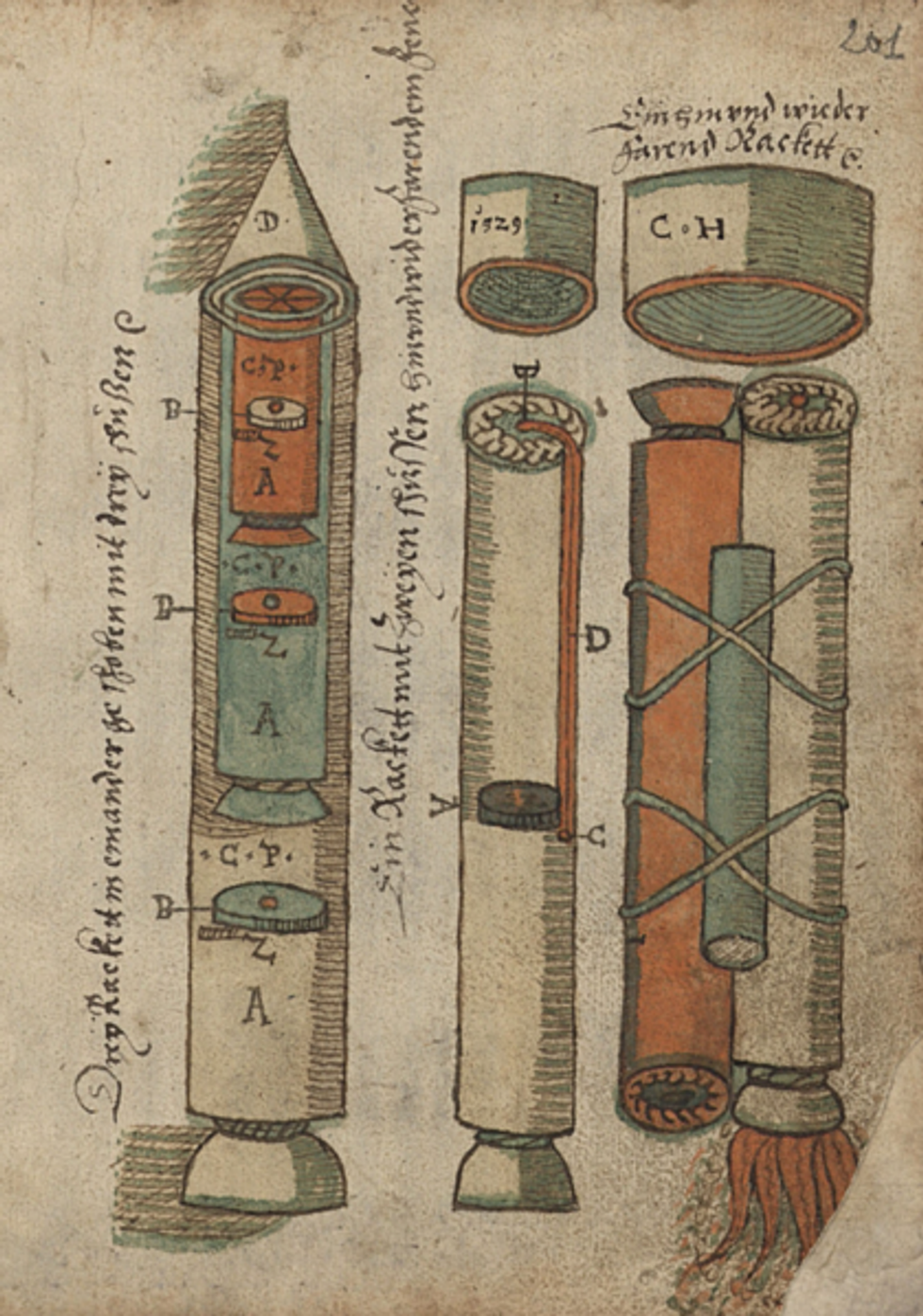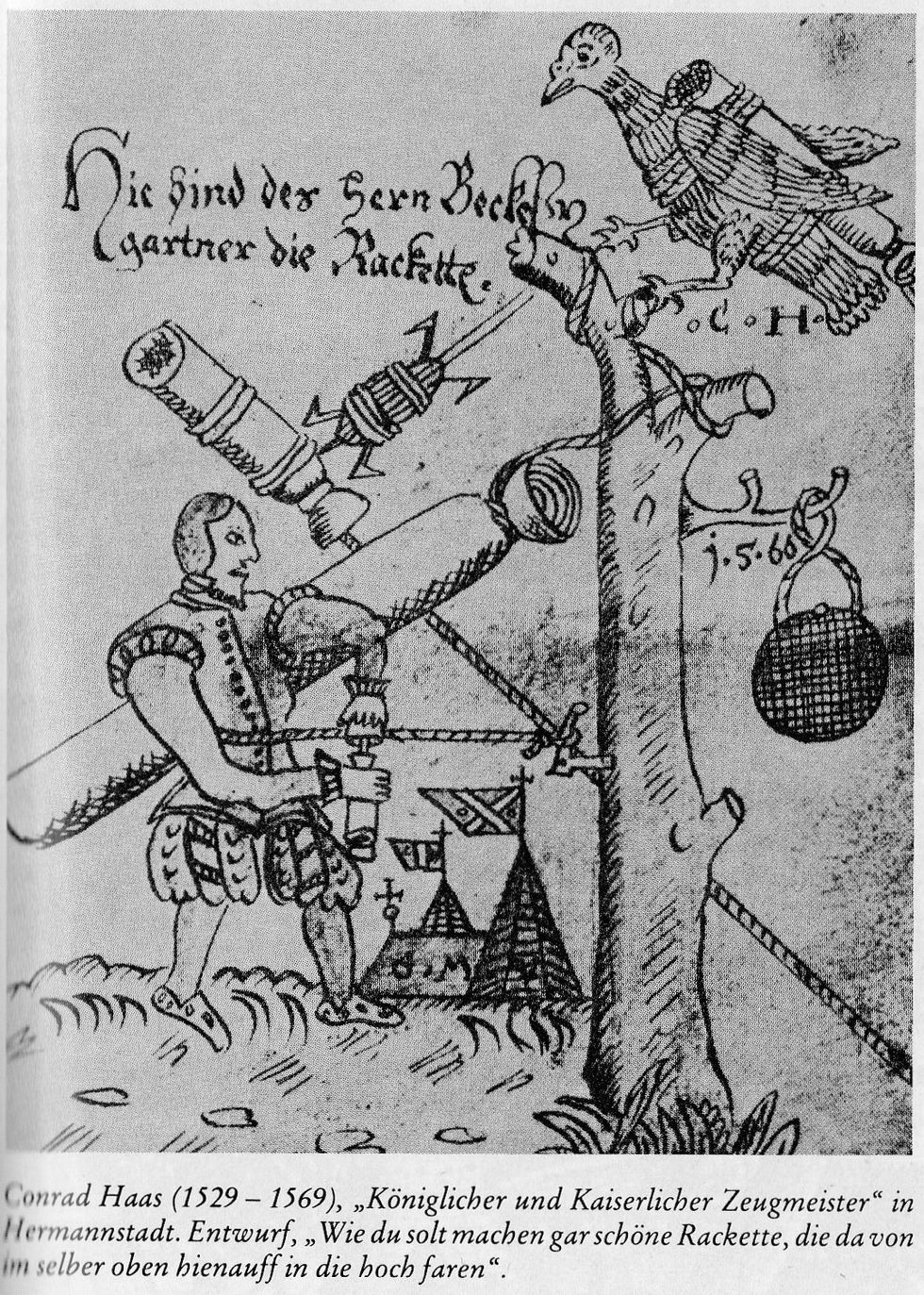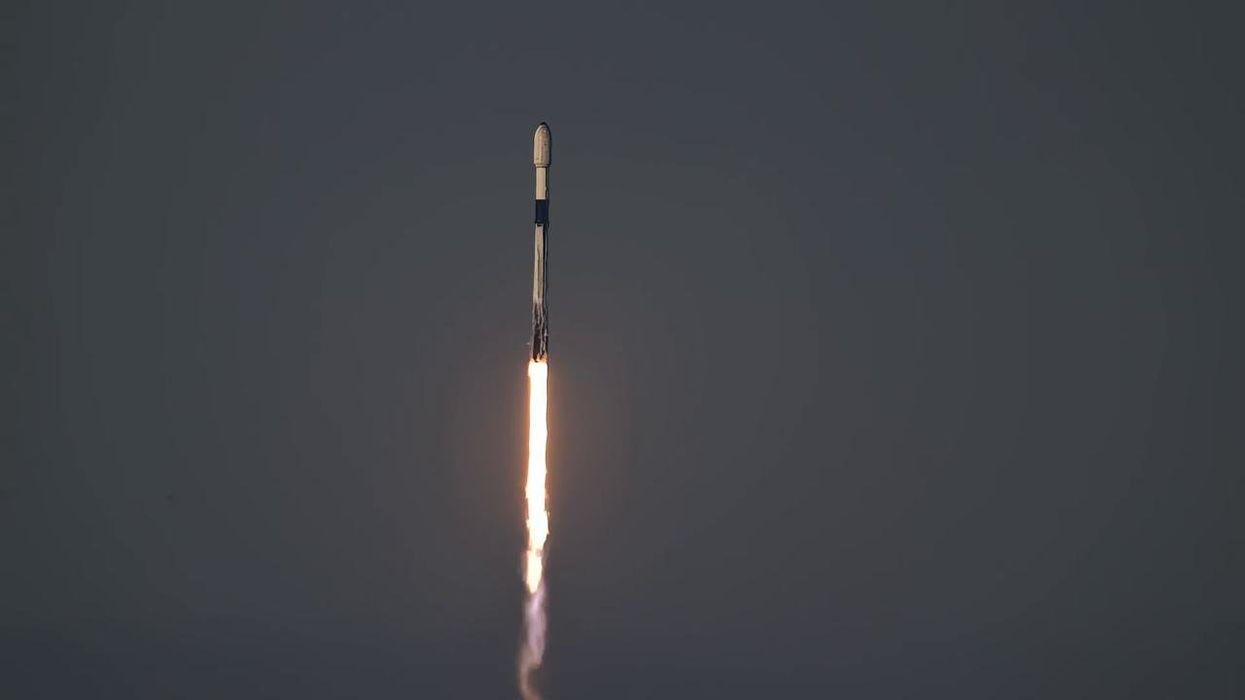Science & Tech
Gregory Robinson
Oct 29, 2024
US: A SpaceX Falcon 9 rocket carrying 22 Starlink satellites lifts off …
StringersHub / VideoElephant
What if you were centuries ahead of your time and it took years for people to realise?
This is exactly the case for one ancient engineer. A document written in the 16th century contained space flight instructions hundreds of years before humans reached space.
The Sibiu Manuscript was written by Austrian military engineer Conrad Haas in the 16th century.
Haas, who lived between 1509 and 1576, was ahead of his time and he is credited as the first person to document concepts for multi-stage rockets.
The 450-page document, which was originally written in German, is detailed in its data on artillery and ballistics.

Despite the document being verified by historians, surprisingly few people know about it despite Haas describing rocket science, including combining fireworks and weapons.
It took until 1961 for Haas’ manuscript to be discovered by professor Doru Todericiu of science and technology at the University of Bucharest in the State Archives of Sibiu, which is how the document got its name.
Not only were Haas’ plans for multi-stage rockets incredibly advanced for the 16th century, the Sibiu Manuscript has eerily accurate illustrations. It describes a cylinder-shaped thrust chamber filled with powder fuel with a conical hole to increase the combustion area gradually.

Before the discovery of the Sibiu Manuscript, the first description of the three-stage rocket was credited to Kazimierz Siemienowicz, who was born in the Raseiniai region of the Grand Duchy of Lithuania. Siemienowicz served in the armies of the Polish–Lithuanian Commonwealth.
He published a treatise, Artis Magnae Artilleriae in 1650, which discusses rocketry and pyrotechnics.
Haas also issued a warning about the use of rockets for military purposes within his manuscript. When translated into English, a chapter reads: “But my advice is for more peace and no war, leaving the rifles calmly in storage, so the bullet is not fired, the gunpowder is not burned or wet, so the prince keeps his money, the arsenal master his life; that is the advice Conrad Haas gives.”
Although the world did not follow Haas' warning, his document shows just how advanced humans were in their ideas in the realm of science and technology.
How to join the indy100's free WhatsApp channel
Sign up to our free indy100 weekly newsletter
Have your say in our news democracy. Click the upvote icon at the top of the page to help raise this article through the indy100 rankings.
Top 100
The Conversation (0)














